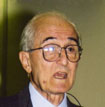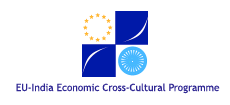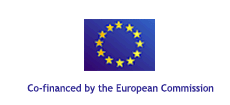
Mechanics is an ancient discipline but still a very lively one. New approaches are being found to old problems, such as new boundary conditions in material sciences, the modelling of large systems in earthquake engineering and land and water motion in environmental problems. Major developments are taking place in interdisciplinary subjects like robotics, mechatronics and biomechanics. The main activity of the CISM (International Centre for Mechanical Sciences) is the organisation of advanced courses and seminars for researchers. An important feature of this activity is its international character. The programme is decided by an international Scientific Council made up of scientists from fourteen different countries. The lecturers on each course form an international team. The participants - and this is the most significant point - come from a wide range of countries. In the year 2000, there were 392 participants from 46 countries.
Today, we are meeting here to present the work done in a network of co-operation involving four institutions from Europe and India. Two of the institutions are from Udine (Italy), one is located in Vienna (Austria) and one in Hyderabad (India). What is the role of CISM in this particular project? I have stressed the point of the Centre's broadly international character, a necessary condition for any real scientific development. But while it is true that lecturers and participants come from all over the world, the members of the Scientific Council who prepare the programme of activity come from European countries, since all the scientific institutions who adhere to CISM, and provide it with financial support, are Europe-based. Furthermore, the Centre's headquarters are in Udine, an Italian city very close to the border with Austria. CISM has strong relations not only with local institutions in the academic world but also with local authorities and industries. Ties with Austria are particularly close. Formal adherence by the Austrian Academy of Sciences to CISM was ratified in 1973. However as early as 1969, Prof. Parkus, from the Technical University in Vienna, and Prof. Schmid, at the time president of the Austrian Academy of Science, were lecturing on CISM courses. At the present time, co-operation between CISM and Austria is strongly supported by Prof. H. P. Stöwe of the Montan University in Leoben, Prof. F. Rammerstorfer of the Technical University in Vienna and W. Schneider, who is now one of the Rectors of CISM.
We like to believe that CISM, which guarantees complete scientific independence through its international procedures, can at the same time promote efficient co-operation between Europe, here represented by Austria and Italy, and India, represented by the B.M. Birla Science Centre in Hyderabad.

